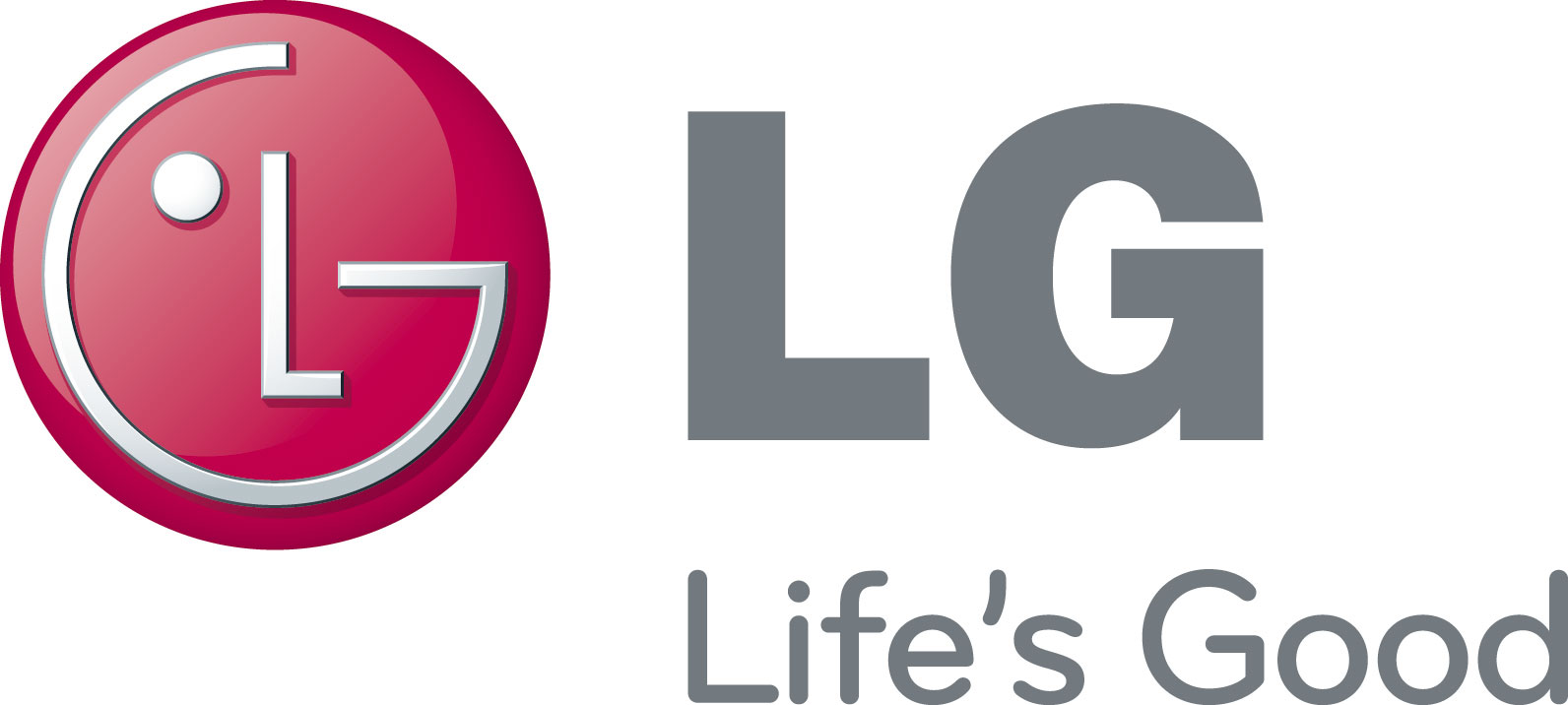A quick guide for experienced collectors
getty
Just because something is on the blockchain doesn’t mean it’s authentic. I know this may sound wild, as the whole point of blockchain is to verify authenticity through decentralization, right? When it comes to NFTs, you want to be sure that what you are buying is really what it says it is. Where it gets complicated is that the blockchain is great for showing you that an item actually exists and the history of it, but it doesn’t give origin.
From a technical perspective, there’s nothing stopping me from uploading a picture of the Mona Lisa to a popular NFT marketplace, but if I did, we all know it’s not “real”. So how do you identify what is authentic on the blockchain and what is not?
Verified Collections: Ensuring Legitimacy
Verified collections are the easiest way to find out if something is really from the artist or collection it claims to be from. Verified collections are groups of NFTs by either an artist or a project that a marketplace certifies.
For example, Opensea, one of the most popular marketplaces for NFTs, uses a blue badge to show if an account is verified. For Opensea, the requirements for this are around a minimum trading volume as well as some additional account calculations. Depending on where you shop, you’ll want to take a closer look at what verification actually means.
Some marketplaces may verify based on looser qualifications such as linking to a twitter account that is also verified (which can be purchased). A verification mark from this process means little more than that someone linked it to another account.
The more you trust the marketplace and its verification policies, the more you can trust that a verified NFT or NFT collection on that marketplace is authentic from the creation or collection it appears to be from.
However, with trade volume as a requirement for verification, it is very possible that collections from an artist are not verified and are genuine and vice versa. So how else can you tell?
Provenance in art and collectibles
In the art world, we like to talk about provenance. Provenance refers to the origin of an item and often its ownership history, and is important in tangible art as well as digital collectibles.
Consider a painting at the Museum of Modern Art. As a collector or appreciator, I may not know the full history of the piece, but I can assume that because it is shown by a reputable institution that it is genuine.
Likewise, if I have a personal connection with an artist, I can trust that the art I buy directly from them is actually theirs and was created by them.
What the blockchain brings to the market is a publicly available history of the NFT you are considering buying. You can see what other digital objects have been minted to the blockchain from the same smart contract or creator, and what other wallet addresses have owned this NFT in the past.
While it takes work to investigate this, it can quickly help you identify “fakes”.
Verified accounts, as we talked about above, are a great way to check the origin of an NFT. If you know that the account you’re seeing on a marketplace is from the actual artist/creator, you can trust that everything on their page is genuine.
Alternatively, we have to look at the blockchain itself.
How to trace provenance on the blockchain
When you look at a website, you choose how to trust or interpret what the website shows you. This applies to all content on the web from wikipedia, to Google search results to NFT marketplaces.
With so many NFT marketplaces and websites that allow the creation and minting of NFTs, you put your trust in each one of what they show you based on their brand and your own experiences.
If you want to get to the source and verify that the content you’re being shown matches what’s on the blockchain, you have two choices.
Option 1: Learn how to use the blockchain in question directly (which is a bit too involved to go into here)
Option 2: Go to a trusted website built to explore the contents of that blockchain.
One such website for the popular blockchain Ethereumethereum is Etherscan.
Etherscan allows you to look at the content and transactions that are on the blockchain, so you can make your own judgments about what is happening within a particular smart contract.
Etherscan
The screenshot above is for the smart contract for the popular NFT collection World of Women. By looking at the transaction volume, reading the smart contract yourself (if you know how to code), seeing who is buying and selling. By comparing the transactions here with the transaction history seen on Opensea, and talked about on social media, I know this is the real deal.
Determining the fair value of NFTs
An important component of the value of any collectible art is related to its authenticity. If you want a landscape hanging from your living room wall, you can buy any framed poster or picture you can find online, but if you want to collect something by an artist, are interested in trading cards or are part of the Pog revival, you want to be sure that what you are buying is genuine, otherwise it does not have the value of the brand or creator behind it.
The same applies to NFTs. You might be able to change your Twitter icon to show an NFT that is actually a replica of a large collection, but just like walking down the street with a $30 knockoff Birkin, you know it’s fake and you won’t be able to sell it to all serious.
Minting, counterfeits and blockchain misconceptions
Would you buy a fake watch, bag or other fashion accessory? For some people, it’s not a big deal. They want the look without the price. But buying into an established brand is often about more than fashion.
When you buy luxury goods, or display art from a world-renowned creator, you show your status. It’s like joining a club, and the difficulty of obtaining these coveted items and the expense they went to obtain them is as much a part of the journey as owning the item itself.
The same applies when it comes to digital goods. Take the popular Bored Ape Yacht Club collection of NFTs. As one of the most sought-after collections, they command a high price and are owned by a number of prominent celebrities. If you buy a “fake” one, you can still display it as your profile picture on Twitter, but it won’t put you in the same well-known club as the other holders.
How do fraudsters create fake NFTs?
To understand how a fake NFT can come into existence requires understanding how they are created.
An NFT is really just a piece of data stored on a blockchain. We talk about them like they’re magical, but really, they are. How this data is written to the chain is through a code script called a smart contract. The code in that script (which is also stored on the blockchain) controls who will have the future to update, add to the transaction history, and perform other actions on the NFT.
While the format and data inside NFT can vary wildly, there are several established standards for each blockchain for how this is written. A particularly popular one for Ethereum is ERC-721.
Often the image that we think of as NFT is not even stored on the blockchain, but instead is stored in the same way we would keep any traditional image on the web, or in some cases in a decentralized storage solution. However, there are some rare exceptions that include the image data in the NFT itself.
With this in mind, anyone can create a smart contract and deploy it to a blockchain and use it to create NFTs, and they can have the content of those NFTs and the images they attach to be anything they will.
Make smart choices
To ensure you make wise, well-informed decisions, invest time in researching the history of NFTs, the blockchain it hosts, and the verification processes used by the marketplace you’re browsing.
By going the extra mile in your due diligence, you will not only avoid falling victim to fake NFTs, but also strengthen confidence in the value and legitimacy of your collection. After all, the true essence of collecting, whether tangible art or digital assets, lies in the appreciation of the creator’s work and the sense of connection it brings to a community of like-minded enthusiasts.
Follow me on Twitter or LinkedIn. check out my website.


